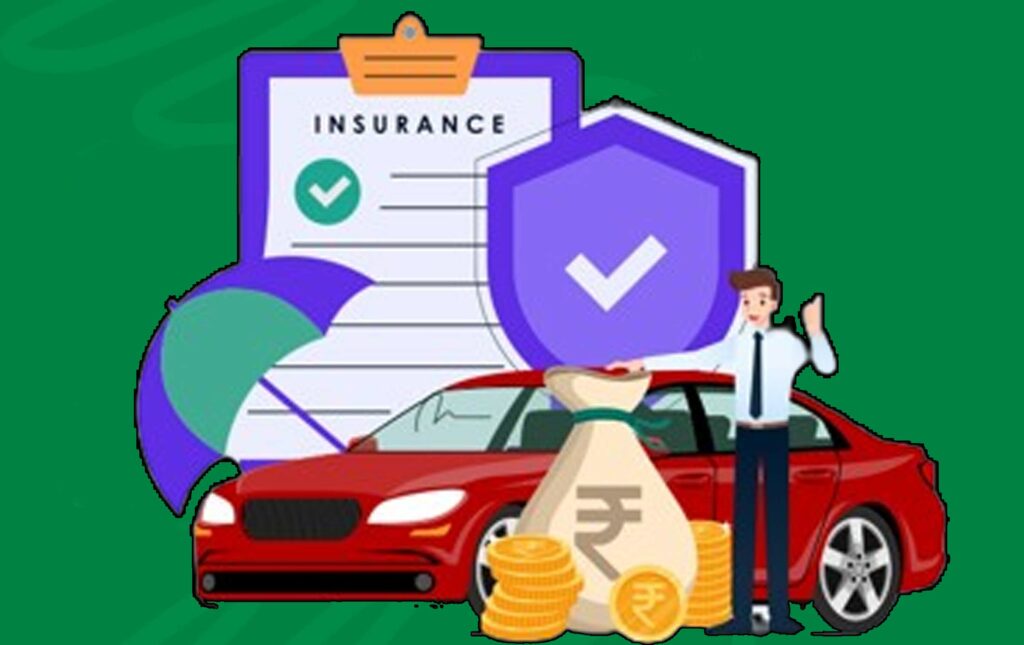What are the best car insurance companies for low-income drivers? Most states require drivers to have car insurance. But it can be quite difficult to locate cheap coverage if your budget is very tight. However, you need to know that there are easy ways to locate the best insurance policies for low-income drivers that won’t trespass on our budgets.

For instance, purchasing the state-required minimum auto insurance is a good way for low-income drivers to find cheap policies. According to research, the average cost for state-minimum insurance is about 70% cheaper than a standard full coverage policy that has collision and comprehensive coverage. Other effective ways to find the best car insurance companies for low-income drivers include living in a state that offers a government-sponsored auto insurance program or by comparing quotes from multiple providers.
Best Car Insurance Companies For Low-Income Drivers
Here are some of the best options to consider as a low income driver searching for the best auto insurance;
State-Sponsored Insurance Options for Low-Income Drivers
If you are responsible for an accident and you don’t have insurance, it may be quite difficult paying for other people’s medical bills. And this could result in a bad predicament financially. Due to these reasons, few states offer car insurance programs to help low-income drivers get coverage. The details and requirements of the state-sponsored programs depend on the state you are living in.
California’s Low-Cost Auto Insurance Program (CLCA)
California offers free car insurance through the CLCA for people who can’t purchase the standard coverage. To qualify, you must:
- Be at least 16 years old.
- Have a valid California driver’s license
- Own a car worth $25,000 or less
- Have good records for driving or be a beginner in driving.
- Meet income requirements (Ensure that you make use of the CLCA website calculator for details.)
New Jersey Special Automobile Insurance Policy (SAIP)
New Jersey’s SAIP offers medical coverage only to drivers that have enrolled in Medicaid with hospitalization coverage. This costs $365 per year and provides:
- $250,000 for emergency medical treatment after an accident you caused.
- $10,000 death benefit.
This policy is also known as “dollar-a-day insurance.” For the people that are not eligible, a basic policy is available, offering:
- $5,000 per accident for property damage
- $15,000 for one accident for personal injury protection
- Optional $10,000 bodily injury liability and collision/comprehensive coverage
Hawaii’s Low-Income Driver Program
Hawaii provides free no-fault car insurance to recipients of certain Department of Human Services (DHS) benefits. Eligible programs include:
- Temporary Assistance to Needy Families
- Help to the Aged, Blind, or Disabled
- Supplemental Security Income The car must be owned by the recipient, and all registered owners must be receiving assistance.
Maryland Auto Insurance Program
Maryland helps low-income drivers get insurance if they don’t qualify for the standard insurers. The best part is that the program does not consider your credit or education and doesn’t penalize you for lapses in coverage. To qualify, you must:
- Be a Maryland resident.
- Own a vehicle registered in Maryland
- Have a valid Maryland driver’s license.
- Have been canceled or denied by standard insurers (not for nonpayment)
- Be current on payments to Maryland Auto.
This program is ideal for those with poor credit, insurance lapses, or little driving experience.
They offer a lifeline for low-income drivers by helping them meet legal requirements and stay protected on the road.
How Much Does Standard Car Insurance Cost for Low-Income Drivers?
According to research, the average cost for a standard car insurance policy that only included state-required coverage is $38 per month. Always keep in mind that income is not one of the factors that impact auto insurance rates. However, poor credit may affect your coverage rates.
In most states, insurers can consider your credit-based car insurance score when setting rates. And most times the score has a huge influence on the calculation of the rate. Insurance companies may also take some factors into account. These factors include driving record, location, age, make and model of the vehicle, driving experience, auto insurance claims history, and types of coverage chosen.
Cheapest Car Insurance for Low-Income Drivers by State
For low-income drivers, a state-minimum car insurance policy is the most affordable and cheapest choice. This type of policy has the least amount of coverage required by your state, mainly liability insurance. However, depending on the state you live in, you might also need additional coverage like uninsured motorist, personal injury protection, or medical payments.
We checked out the average cost of a minimum car policy in all states in the USA. Geico offers the cheapest rates in over 25 states (apart from USAA, which is only available to military members, veterans, and their families). If you have a military connection, USAA is a good and great option for affordable insurance. And if you don’t, checking rates from Geico or other low-cost providers is a smart move.
Always keep in mind that state minimum auto insurance doesn’t cover collision and comprehensive insurance. This means it won’t pay for repairs or replacement if your car is stolen, damaged in an accident, or harmed by events like fire or hail. If you lease or finance your car, your lender or leasing company may ask you to purchase collision and comprehensive coverage. In this case, you will have to shop around to find the cheapest full coverage insurance.
How Low-Income Drivers Can Save on Car Insurance
Saving on car insurance is possible for everyone, including low-income drivers. Below are some of the easy ways to save on your vehicle insurance.
Check for Discounts
You can meet with your insurer and ask about available discounts. You might save a little by going paperless or get a big discount by bundling your car insurance with maybe a home or renter’s insurance.
Try Pay-Per-Mile Insurance
If you don’t drive that much, pay-per-mile insurance could save you money. This may be the right option for retirees, remote workers, or anyone who drives infrequently, as you pay a base rate plus a cost per mile.
Raise Your Deductible
Increasing your deductible—the amount you pay out of pocket for claims—can help to lower your insurance premium. Higher deductibles mean the insurance company pays less, which can save you 7% to 28% a year.
Keep a Clean Driving Record
Good drivers with no accident or ticket records often get good insurance rates. If a recent ticket has dropped off your record, it is advisable that you shop around again for better rates, as insurers may now offer you lower prices.
Choose a Car That’s Cheap to Insure
Just so you know, some cars are more expensive to insure than others. Cars with high values, expensive repair histories, or high theft rates usually have higher insurance costs. You can go for a car that’s cheaper to insure, which can lower your premiums.
Reduce Coverage
Lowering your coverage can help you to save money. For instance, if your car is old and does not have much value, you can consider dropping collision and comprehensive coverage. You might also cut extras like rental reimbursement or roadside assistance if you already have those services in another place.
Compare Rates
Honestly, the best way you can save money is to shop around. You can compare quotes from more than one insurer, as rates can vary widely. You could save hundreds of dollars a year by finding the right provider that offers the best deal just for you.



